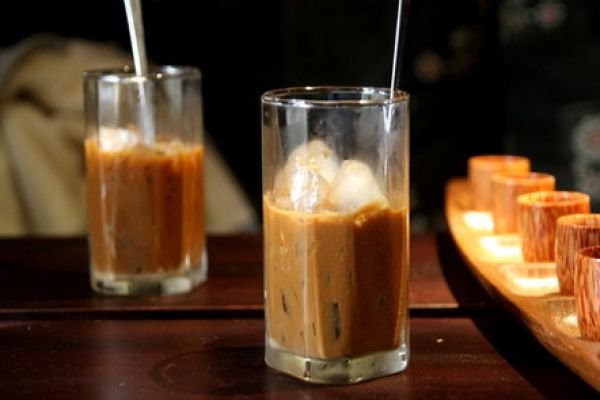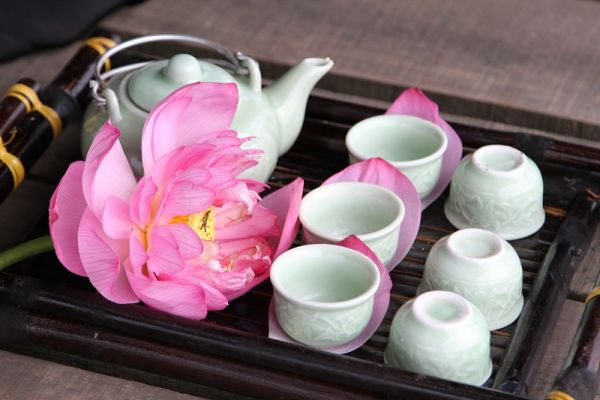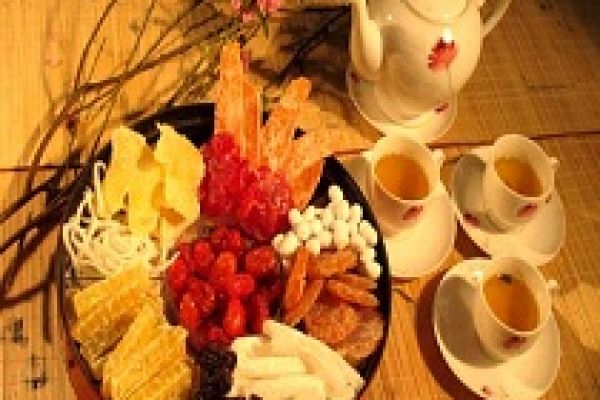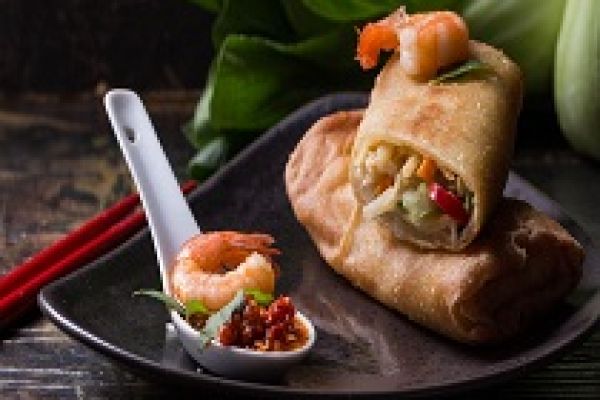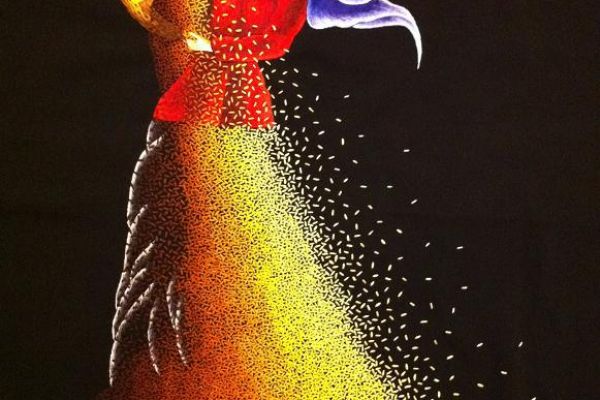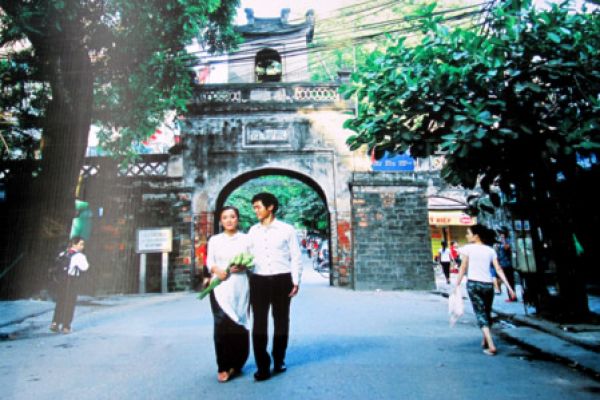
Tourists in Vietnam travel should not ignore the chance to admire Vietnam beauty through the photo exhibition entitled “Vietnam – My country” in HCM city
Vietnam – My country in photos
Vietnam was captured in various angles at the photo exhibition entitled “Vietnam – My country” in Ho Chi Minh City.
Sixty large-sized photos are now on display along Dong Kho Road, with English and Vietnamese captions.

Water puppetry is a tradition that dates back as far as the 11th century CE when it originated in the villages of the
Red River Delta area of northern Vietnam. Today's Vietnamese water puppetry is a unique variation on the ancient Asian puppet tradition. In the photo is “Fairy Dance” performed by Gold Dragon Water Puppetry Theatre, HCM City.

A Don ca tai tu show for tourists at the
Binh Quoi Tourism Site in HCM City. Don ca tai tu is Vietnam’s traditional music genre which appeared in late 19th century. This is the unique folk art of southern Vietnam.

Vietnam’s
ca tru was recognized by the UNESCO as the world intangible cultural heritage in need of urgent safeguarding in September 2009. Ca tru is an ancient genre of chamber music featuring female vocalists, with origins in northern Vietnam. For much of its history, it was associated with a geisha-like form of entertainment.

Also in September 2009,
Quan ho was also recognized as the intangible cultural heritage of the mankind. Quan ho singing is a Vietnamese folk music style characterized both by its antiphonal nature, with alternating groups of female and male singers issuing musical challenges and responses, and by the fact that most of the songs in the repertoire deal with topics of love and sentimentality as experienced by young adults.

Space of Gong culture in Vietnam’s Central Highlands was recognized by UNESCO as a Masterpiece of the Intangible Heritage of Humanity on November 25, 2005. The space of Gong culture spreads in the Central Highlands provinces of
Kon Tum, Gia Lai, Dak Lak, Dak Nong, and Lam Dong.

Hat boi was imported from China around the 13th century and was used for entertaining royalty for a time before being adapted for traveling troupes of actors. Stories in the opera tend to be ostensibly historical and frequently focus on the rules of social decorum. Like other forms of opera from around the world, hat boi employs the use of stock characters who are recognizable from their make-up and costumes, which are typically very elaborate and extravagant.
Elephant race in
Dak Lak Province. This is one of the most important festivals of
people in Vietnam’s Central Highlands.

Snake dance at Le Mat village, the village of snakes.

St.
Giong Festival at Phu Dong and
Soc temples in
Hanoi, which was also recognized
as world intangible cultural heritage by UNESCO.

Kate Festival of Cham people.

Nga Bay floating market in
Can Tho city. This is the oldest and biggest
floating market in the Mekong Delta.

Foreign tourists on elephants in the Central Highlands.
 Vung Tau beach
Vung Tau beach.
 Mui Nai beach
Mui Nai beach in
Kien Giang province.

Gao Giong ecological tourist site in
Dong Thap.

A man plays khen in
Sapa town,
Lao Cai province.

Can Gio salt-marsh forest, HCM City, a world biosphere reserve.

HCM City’s Great Church, which was built in 1877 with two bell towers of 60m high
 HCM City Post Office
HCM City Post Office.
 Vietnam History Museum
Vietnam History Museum in HCM City.
 O Quan Chuong
O Quan Chuong, one of the five gates of the ancient Thang Long citadel.

Co Loa relic, Hanoi 
Thang Long royal citadel, a world cultural heritage.
Vietnam is well-known as a wonderful country for many things from history, culture to Vietnamese people as well as beautiful destinations. Tourists in Vietnam travel will be never disappointed to come here.
Vietnam travel - Vietnam travel companies - Tours in Vietnam
Vietnam my country - Vietnam in photos

















